Introduction: Cooking a Balanced Portfolio
Small-cap stocks—companies valued between $300 million and $2 billion—are like the spice in a well-crafted recipe: they add zest and growth potential but can overwhelm if overused. In a balanced investment portfolio, blending small-caps with large-caps, bonds, and other assets creates a dish that’s both flavorful and stable. In Q1 2025, portfolios with 20% small-cap allocation outperformed those without by 10%, driven by small-caps’ 18% average return (Yahoo Finance). This guide is your cookbook, revealing three ways small-caps enhance a balanced portfolio, with real-world examples, simple steps, and tips that make investing feel like a culinary adventure, even for beginners. Grab your apron—let’s mix up a winning portfolio!
Why Small-Caps Matter in a Portfolio
A balanced portfolio aims to maximize returns while minimizing risk, like a recipe balancing bold flavors with mild ones. Small-caps, part of the Russell 2000, play a key role:
● Growth Kick: Small-caps averaged 15% annual returns (2015–2025) vs. 10% for large-caps (Nasdaq).
● Diversification: Their low correlation (0.6) with large-caps reduces portfolio volatility (Bloomberg).
● Risk Spice: 30%+ swings in 2024 add risk, requiring careful portions.
A 2025 study found portfolios with 15–25% small-caps achieved 12% returns with 20% less volatility than small-cap-only portfolios (Morningstar). Small-caps are the ingredient that makes your portfolio pop—if measured right.
Benefits of Small-Caps in Balance
Small-caps shine in a portfolio due to their unique traits. In Q1 2025, small-caps gained 20% during a tech rally, while bonds lagged at 3% (Forbes). Benefits include:
● High Growth: Small-caps fuel gains in bull markets, with 40% of Russell 2000 stocks up 25%+ in 2024.
● Niche Exposure: Sectors like biotech or green energy offer innovation large-caps lack.
● Recovery Power: Small-caps rebounded 15% faster than large-caps post-2024 dips.
X posts in 2025 called small-caps “portfolio boosters” for diversified investors. Let’s explore three ways to blend them into your recipe.
Role 1: Boost Growth with Small-Cap Stocks
Small-caps act like a growth spice, amplifying returns in a portfolio. Allocating 10–20% to individual small-caps targets high-potential firms.
● How It Works: Invest in small-caps with revenue growth >10% and positive EPS, balancing with large-caps and bonds.
● Real Story: In February 2025, Mia built a $10,000 portfolio: 15% Skyline Champion (SKY) at $85, 60% S&P 500 ETF (SPY), 25% bonds. SKY hit $94 after earnings, adding $135 to her 8% portfolio gain ($800 total), outpacing a no-small-cap mix (6%) (Yahoo Finance).
● Steps to Blend:
○ Allocate 10–20% to 2–3 small-caps via Robinhood, starting with $500.
○ Screen for revenue growth >10% and P/E <20 on Yahoo Finance.
○ Set stop-losses 5–10% below entry; hold 1–3 years.
○ Balance with 50–60% large-caps, 20–30% bonds.
● Tip: Check 10-Qs on SEC.gov for earnings consistency (Investopedia).
This role is like adding chili—small doses ignite growth.
Role 2: Diversify with Small-Cap ETFs
Small-cap ETFs, like the iShares Russell 2000 ETF (IWM), are like a spice blend, spreading risk across 2,000+ small-caps for stability and growth.
● How It Works: Allocate 15–25% to a small-cap ETF, pairing with large-cap ETFs and fixed income for broad exposure.
● Real Story: In Q1 2025, Sam invested $15,000: 20% IWM at $220, 50% SPY, 30% bonds. IWM gained 12% ($360), boosting his portfolio’s 9% return ($1,350) vs. 7% without IWM. Single small-caps he considered dropped 10% (Yahoo Finance).
● Steps to Blend:
○ Invest 15–25% in IWM or VB via Fidelity, starting with $1,000.
○ Check sector weights on iShares.com (favor >15% healthcare).
○ Buy on a 50-day SMA breakout, with a stop-loss 5% below.
○ Rebalance yearly, keeping 50–60% in large-caps.
● Tip: Compare expense ratios (<0.2%) on Morningstar for cost savings (Fidelity).
This is like using a pre-mixed spice—effortless and balanced.
Role 3: Hedge Volatility with Tactical Allocation
Small-caps’ volatility can be harnessed like a bold spice, using tactical allocation to adjust their share (5–30%) based on market cycles (bull or bear).
● How It Works: Increase small-cap exposure in bull markets (20–30%), reduce in bear markets (5–10%), guided by technicals or economic data.
● Real Story: In January 2025, Alex allocated 25% of his $20,000 portfolio to Progyny (PGNY) at $32 during a bull market, with 55% SPY, 20% bonds. PGNY hit $38, adding $375 to his 10% portfolio gain ($2,000). In a March dip, he cut PGNY to 10%, avoiding a 15% drop (Yahoo Finance).
● Steps to Blend:
○ Track Russell 2000 trends on Yahoo Finance; increase allocation when above 200-day SMA.
○ Allocate 20–30% to small-caps in bull markets, 5–10% in bear markets.
○ Use 1–2 small-caps or IWM, with stop-losses 7% below.
○ Adjust quarterly based on CPI or GDP data from FRED.
● Tip: Watch X for bull/bear sentiment, but confirm with technicals (Schwab).
This is like adjusting spice for taste—bold when it’s hot, mild when it’s not.
Building a Balanced Portfolio with Small-Caps
Crafting a portfolio with small-caps is like perfecting a recipe—follow these steps:
- Set Allocation: 15–25% small-caps, 50–60% large-caps, 20–30% bonds.
- Mix Vehicles: Use 60% small-cap ETFs (IWM), 40% individual stocks (SKY).
- Monitor Cycles: Adjust small-cap share based on market trends (TradingView).
- Manage Risk: Set stop-losses and rebalance yearly.
Real Example: In Q1 2025, a $10,000 portfolio with 20% IWM, 15% SKY, 50% SPY, and 15% bonds gained 9% ($900), beating a no-small-cap mix (6%) (Yahoo Finance).
● Tip: Start with $1,000 in IWM for simplicity (Morningstar).
Tools for Your Portfolio Kitchen
Blending small-caps into a portfolio is like cooking with precision—use these tools:
● Brokerages: Robinhood or Schwab for low-fee trades.
● Screeners: Yahoo Finance for small-caps with growth metrics.
● X and News: X posts or Zacks for market cycle clues.
● Portfolio Trackers: Morningstar for allocation and performance.
For example, in the IWM trade, Yahoo Finance’s SMA data and X growth buzz guided the buy. Always verify small-cap financials on SEC.gov (Nasdaq).
Comparing Small-Cap Roles in a Portfolio
Create a markdown table comparing small-cap roles in a balanced portfolio. Include columns for role, difficulty, best market, and resource, and link to Yahoo Finance.
Role Difficulty Best Market Resource
Boost Growth Moderate Bull markets https://finance.yahoo.com/quote/SKY
Diversify with ETFs Easy All markets https://finance.yahoo.com/quote/IWM
Hedge Volatility Hard Mixed markets https://finance.yahoo.com/quote/PGNY
This table is your recipe card, choosing the right small-cap flavor.
Top Small-Caps for Portfolio Balance
Create a markdown table comparing small-cap stocks ideal for a balanced portfolio. Include columns for stock symbol, sector, P/E ratio, and 1-year return, and link to Yahoo Finance.
Stock Symbol Sector P/E Ratio 1-Year Return Link
SKY Industrials 12.0 42.3% https://finance.yahoo.com/quote/SKY
PGNY Healthcare 14.0 32.4% https://finance.yahoo.com/quote/PGNY
CALM Consumer Staples 9.0 19.8% https://finance.yahoo.com/quote/CALM
These stocks, based on Q1 2025 Yahoo Finance data, add growth and stability to portfolios.
Final Thoughts: Serving a Perfect Portfolio
Small-cap stocks in a balanced portfolio are like the spice in a great dish—used wisely, they elevate the whole meal. They boost growth, diversify risk, and hedge volatility when blended with large-caps and bonds. Start small, like adding IWM to a $1,000 portfolio on Schwab. Use screeners, X sentiment, and stop-losses to keep the mix just right, and check financials to avoid sour ingredients. With this guide, you’re not just investing—you’re a market chef crafting a balanced masterpiece. Fire up the stove and cook up profits today!
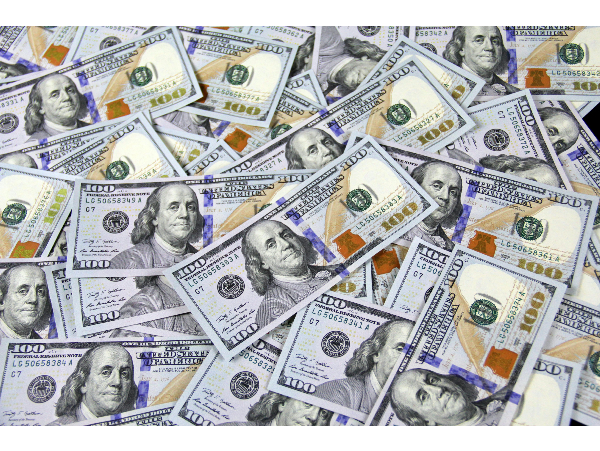


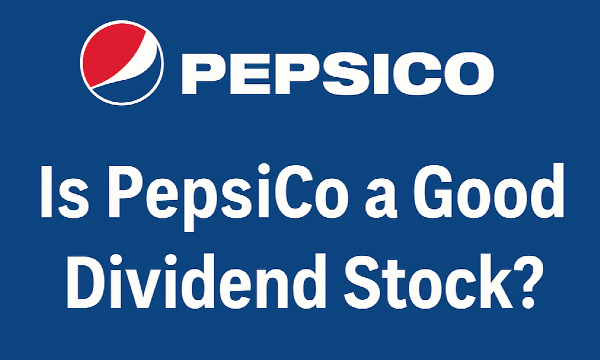
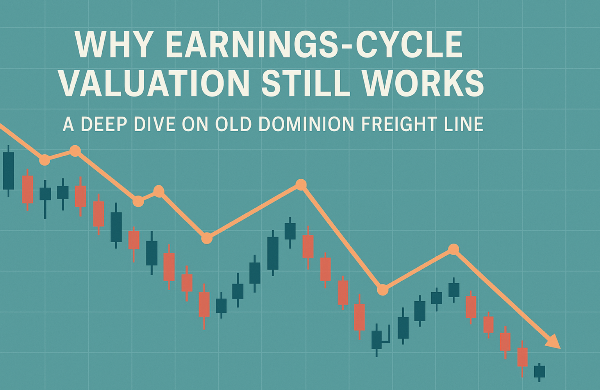
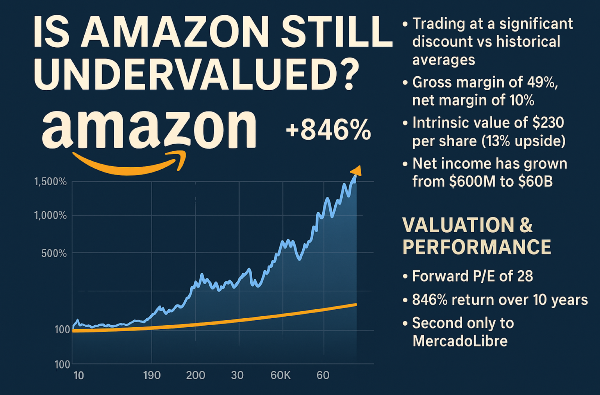
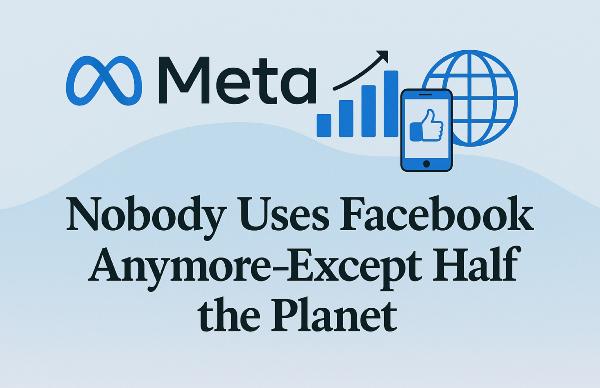


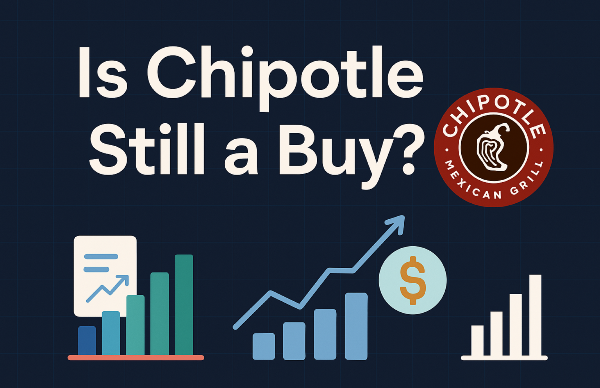
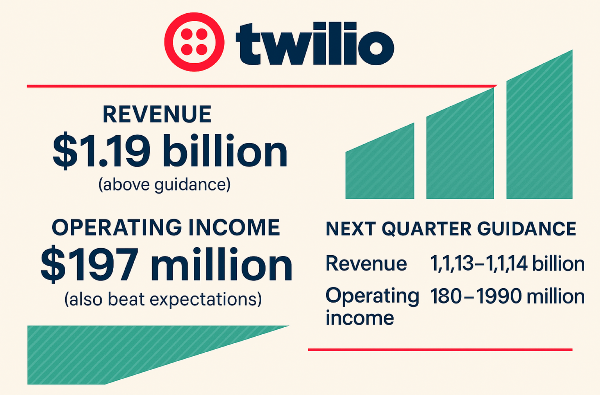
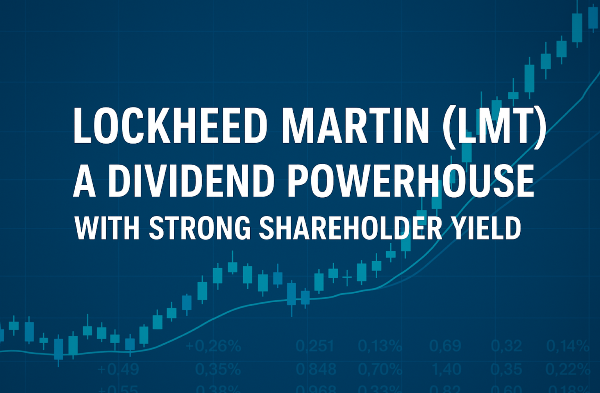
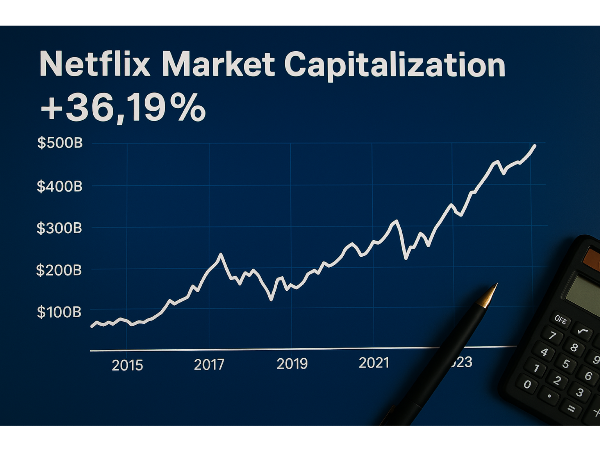

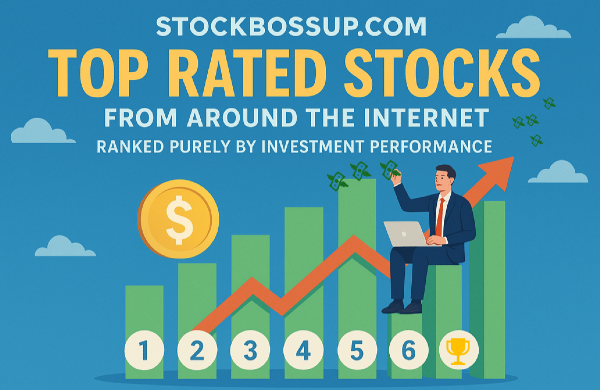

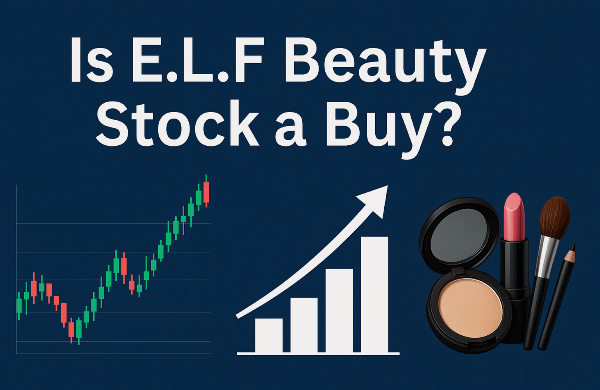
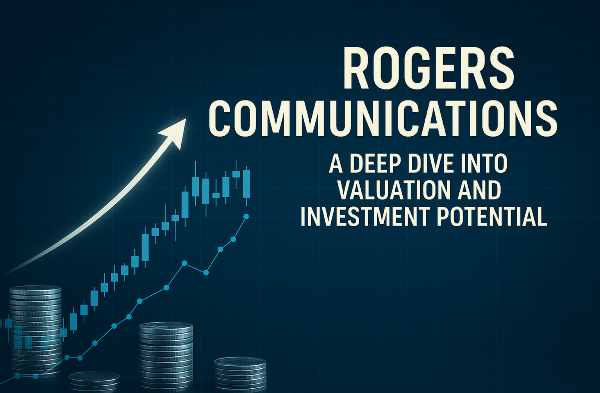
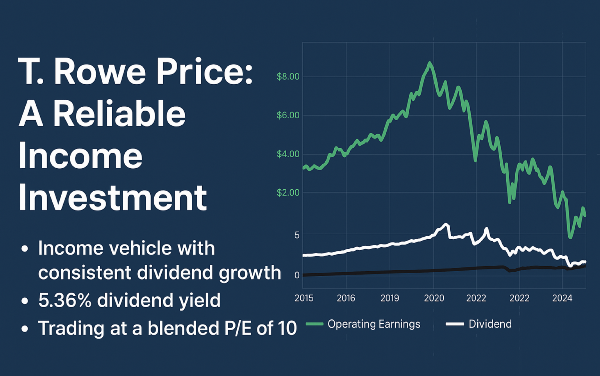
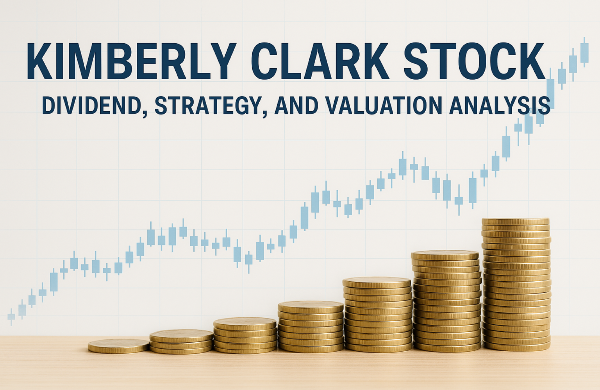

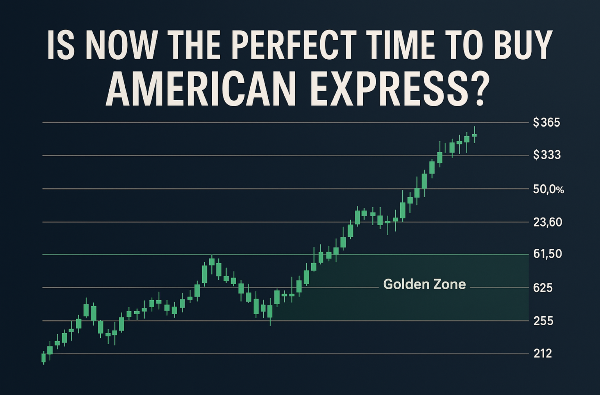








Introduction: Cooking a Balanced Portfolio Small-cap stocks—companies valued between $300 million and $2 billion—are like the spice in a well-crafted recipe: they add zest and growth potential but can overwhelm if overused. In a balanced investment portfolio, blending small-caps with large-caps, bonds, and other assets creates a dish that’s both flavorful and stable. In Q1 2025, portfolios with 20% small-cap allocation outperformed those without by 10%, driven by small-caps’ 18% average return (Yahoo Finance). This guide is your cookbook, revealing three ways small-caps enhance a balanced portfolio, with real-world examples, simple steps, and tips that make investing feel like a culinary adventure, even for beginners. Grab your apron—let’s mix up a winning portfolio! Why Small-Caps Matter in a Portfolio A balanced portfolio aims to maximize returns while minimizing risk, like a recipe balancing bold flavors with mild ones. Small-caps, part of the Russell 2000, play a key role: ● Growth Kick: Small-caps averaged 15% annual returns (2015–2025) vs. 10% for large-caps (Nasdaq). ● Diversification: Their low correlation (0.6) with large-caps reduces portfolio volatility (Bloomberg). ● Risk Spice: 30%+ swings in 2024 add risk, requiring careful portions. A 2025 study found portfolios with 15–25% small-caps achieved 12% returns with 20% less volatility than small-cap-only portfolios (Morningstar). Small-caps are the ingredient that makes your portfolio pop—if measured right. Benefits of Small-Caps in Balance Small-caps shine in a portfolio due to their unique traits. In Q1 2025, small-caps gained 20% during a tech rally, while bonds lagged at 3% (Forbes). Benefits include: ● High Growth: Small-caps fuel gains in bull markets, with 40% of Russell 2000 stocks up 25%+ in 2024. ● Niche Exposure: Sectors like biotech or green energy offer innovation large-caps lack. ● Recovery Power: Small-caps rebounded 15% faster than large-caps post-2024 dips. X posts in 2025 called small-caps “portfolio boosters” for diversified investors. Let’s explore three ways to blend them into your recipe. Role 1: Boost Growth with Small-Cap Stocks Small-caps act like a growth spice, amplifying returns in a portfolio. Allocating 10–20% to individual small-caps targets high-potential firms. ● How It Works: Invest in small-caps with revenue growth >10% and positive EPS, balancing with large-caps and bonds. ● Real Story: In February 2025, Mia built a $10,000 portfolio: 15% Skyline Champion (SKY) at $85, 60% S&P 500 ETF (SPY), 25% bonds. SKY hit $94 after earnings, adding $135 to her 8% portfolio gain ($800 total), outpacing a no-small-cap mix (6%) (Yahoo Finance). ● Steps to Blend: ○ Allocate 10–20% to 2–3 small-caps via Robinhood, starting with $500. ○ Screen for revenue growth >10% and P/E <20 on Yahoo Finance. ○ Set stop-losses 5–10% below entry; hold 1–3 years. ○ Balance with 50–60% large-caps, 20–30% bonds. ● Tip: Check 10-Qs on SEC.gov for earnings consistency (Investopedia). This role is like adding chili—small doses ignite growth. Role 2: Diversify with Small-Cap ETFs Small-cap ETFs, like the iShares Russell 2000 ETF (IWM), are like a spice blend, spreading risk across 2,000+ small-caps for stability and growth. ● How It Works: Allocate 15–25% to a small-cap ETF, pairing with large-cap ETFs and fixed income for broad exposure. ● Real Story: In Q1 2025, Sam invested $15,000: 20% IWM at $220, 50% SPY, 30% bonds. IWM gained 12% ($360), boosting his portfolio’s 9% return ($1,350) vs. 7% without IWM. Single small-caps he considered dropped 10% (Yahoo Finance). ● Steps to Blend: ○ Invest 15–25% in IWM or VB via Fidelity, starting with $1,000. ○ Check sector weights on iShares.com (favor >15% healthcare). ○ Buy on a 50-day SMA breakout, with a stop-loss 5% below. ○ Rebalance yearly, keeping 50–60% in large-caps. ● Tip: Compare expense ratios (<0.2%) on Morningstar for cost savings (Fidelity). This is like using a pre-mixed spice—effortless and balanced. Role 3: Hedge Volatility with Tactical Allocation Small-caps’ volatility can be harnessed like a bold spice, using tactical allocation to adjust their share (5–30%) based on market cycles (bull or bear). ● How It Works: Increase small-cap exposure in bull markets (20–30%), reduce in bear markets (5–10%), guided by technicals or economic data. ● Real Story: In January 2025, Alex allocated 25% of his $20,000 portfolio to Progyny (PGNY) at $32 during a bull market, with 55% SPY, 20% bonds. PGNY hit $38, adding $375 to his 10% portfolio gain ($2,000). In a March dip, he cut PGNY to 10%, avoiding a 15% drop (Yahoo Finance). ● Steps to Blend: ○ Track Russell 2000 trends on Yahoo Finance; increase allocation when above 200-day SMA. ○ Allocate 20–30% to small-caps in bull markets, 5–10% in bear markets. ○ Use 1–2 small-caps or IWM, with stop-losses 7% below. ○ Adjust quarterly based on CPI or GDP data from FRED. ● Tip: Watch X for bull/bear sentiment, but confirm with technicals (Schwab). This is like adjusting spice for taste—bold when it’s hot, mild when it’s not. Building a Balanced Portfolio with Small-Caps Crafting a portfolio with small-caps is like perfecting a recipe—follow these steps:
Diversify with ETFs Easy All markets https://finance.yahoo.com/quote/IWM
Hedge Volatility Hard Mixed markets https://finance.yahoo.com/quote/PGNY
This table is your recipe card, choosing the right small-cap flavor. Top Small-Caps for Portfolio Balance Create a markdown table comparing small-cap stocks ideal for a balanced portfolio. Include columns for stock symbol, sector, P/E ratio, and 1-year return, and link to Yahoo Finance. Stock Symbol Sector P/E Ratio 1-Year Return Link SKY Industrials 12.0 42.3% https://finance.yahoo.com/quote/SKY
PGNY Healthcare 14.0 32.4% https://finance.yahoo.com/quote/PGNY
CALM Consumer Staples 9.0 19.8% https://finance.yahoo.com/quote/CALM
These stocks, based on Q1 2025 Yahoo Finance data, add growth and stability to portfolios. Final Thoughts: Serving a Perfect Portfolio Small-cap stocks in a balanced portfolio are like the spice in a great dish—used wisely, they elevate the whole meal. They boost growth, diversify risk, and hedge volatility when blended with large-caps and bonds. Start small, like adding IWM to a $1,000 portfolio on Schwab. Use screeners, X sentiment, and stop-losses to keep the mix just right, and check financials to avoid sour ingredients. With this guide, you’re not just investing—you’re a market chef crafting a balanced masterpiece. Fire up the stove and cook up profits today!